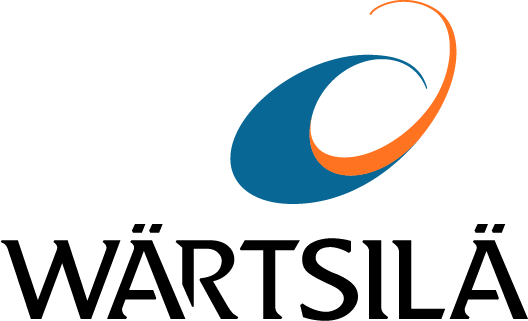
Taking Africa to its Energy Future
Africa is ready to provide enough energy to achieve the most ambitious of goals, and it can do it while maintaining all environmental targets.
We believe careful planning of power systems towards more sustainable and diversified energy supply portfolios can save billions and rapidly reduce CO2 emissions. We create value through our extensive power system knowledge and experience from integrating different generating assets.
On this page, you may find our best materials and proceedings in energising and decarbonising the continent of Africa.
References in Africa
of engine power plant capacity installed
African countries with active customers
Wärtsilä engines installed across the continent
customers across the continent
Wärtsilä's industry firsts in Africa
With more than 650 employees and service hubs located in Kenya, South Africa, Nigeria and Senegal, Wärtsilä is proud to have contributed to many industry firsts. These include Africa’s largest gas engine power plant on the Kribi coast of Cameroon with 216MW capacity, as well as Africa’s highest installation, the 175 MW power plant in Sasolburg, South Africa, sitting at 1,700 meters above sea level.
Another first, the KivuWatt power plant in Rwanda, is the first ever power plant to use the naturally occurring methane from lake Kivu to generate electricity and reduce the environmental risks associated with such high concentrations of gas. Today’s power output is 25 MW but future planned expansions to this project will increase capacity by an additional 75 MW.
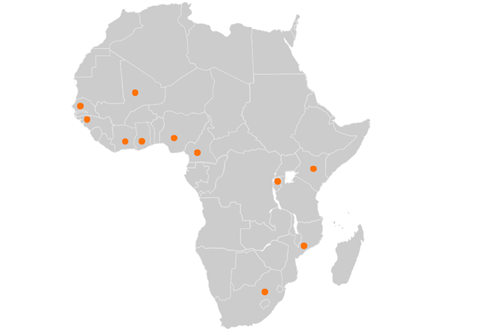
Our references from across the continent
Recent Country White Papers
Mining references from across the world
Opinions
Africa related videos
Articles
Recent press releases
Renewal of Wärtsilä’s operation & maintenance agreement ensures continued production reliability for Mauritanian gold mine
Wärtsilä's first power plant with synchronous condenser feature to support renewable energy integration for Australian mining operation
Wärtsilä signs 3-year guaranteed asset performance agreement with SOMELEC for 34 MW power plant in Nouadhibou, Mauritania
Africa local offices
South Africa
4 Powerful Street,
Paarden Eiland
7405,
Cape Town
Tel. +27 21 5111 230
Nigeria
Wärtsilä Marine and Power Services Nigeria
23 Oba Akinjobi Street
Ikeja GRA, Lagos
Nigeria
Tel. +234 907 808 0936 - Marine enquiry
+234 8057217049 - New Builds enquiry
+234 708 624 3992 - After Sales enquiry
E-mail: Sales/Services equiries WNG@Wartsila.com
Kenya
ABC Towers - 7A, ABC Place
Waiyaki Way
Nairobi
Tel. +254 20 7602 400 (Pilot)
E-mail: info.wea@wartsila.com
Senegal
Wärtsilä West Africa
Immeuble Le Thiargane 7ème étage, Mermoz Place OMVS
B.P. 21861 Dakar-Ponty, Dakar - Senegal
Tel + 221 33 865 41 00
Fax + 221 33 864 42 72
E-mail: West.africa@wartsila.com
Madagascar
Fort Dauphin (Taolagnaro)
QMM Madena, Fort Dauphin, 614
Madagascar
Tel. +261 20 224 3267
Fax: +261 20 224 3253
Cameroon
Wärtsilä Central Africa
Wärtsilä Base, Essengue
Douala, Cameroon
Tel +237 33 50 54 00
Fax +237 33 50 54 99
wcm@wartsila.com for general information
wcmsales@wartsila.com for commercial issues
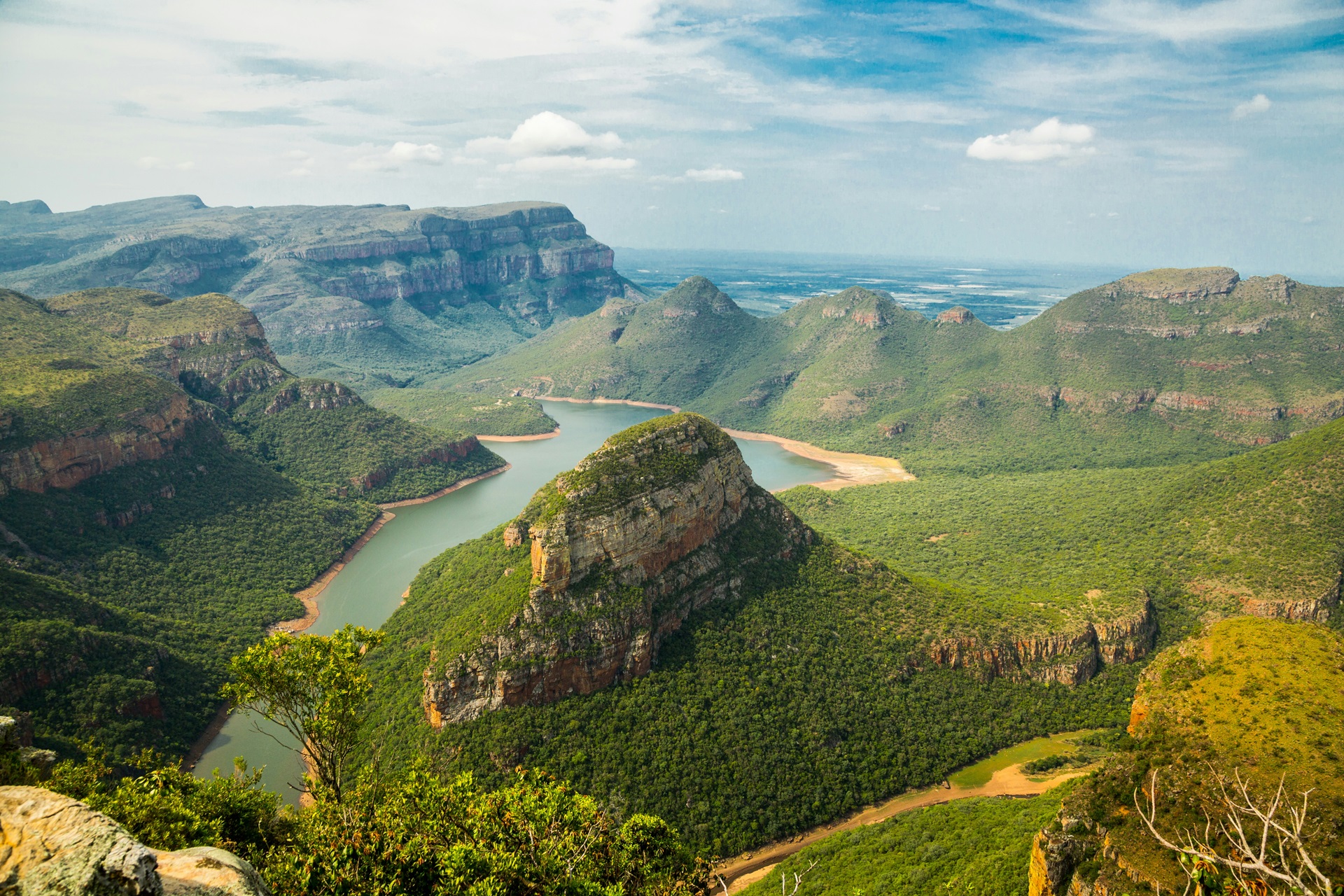
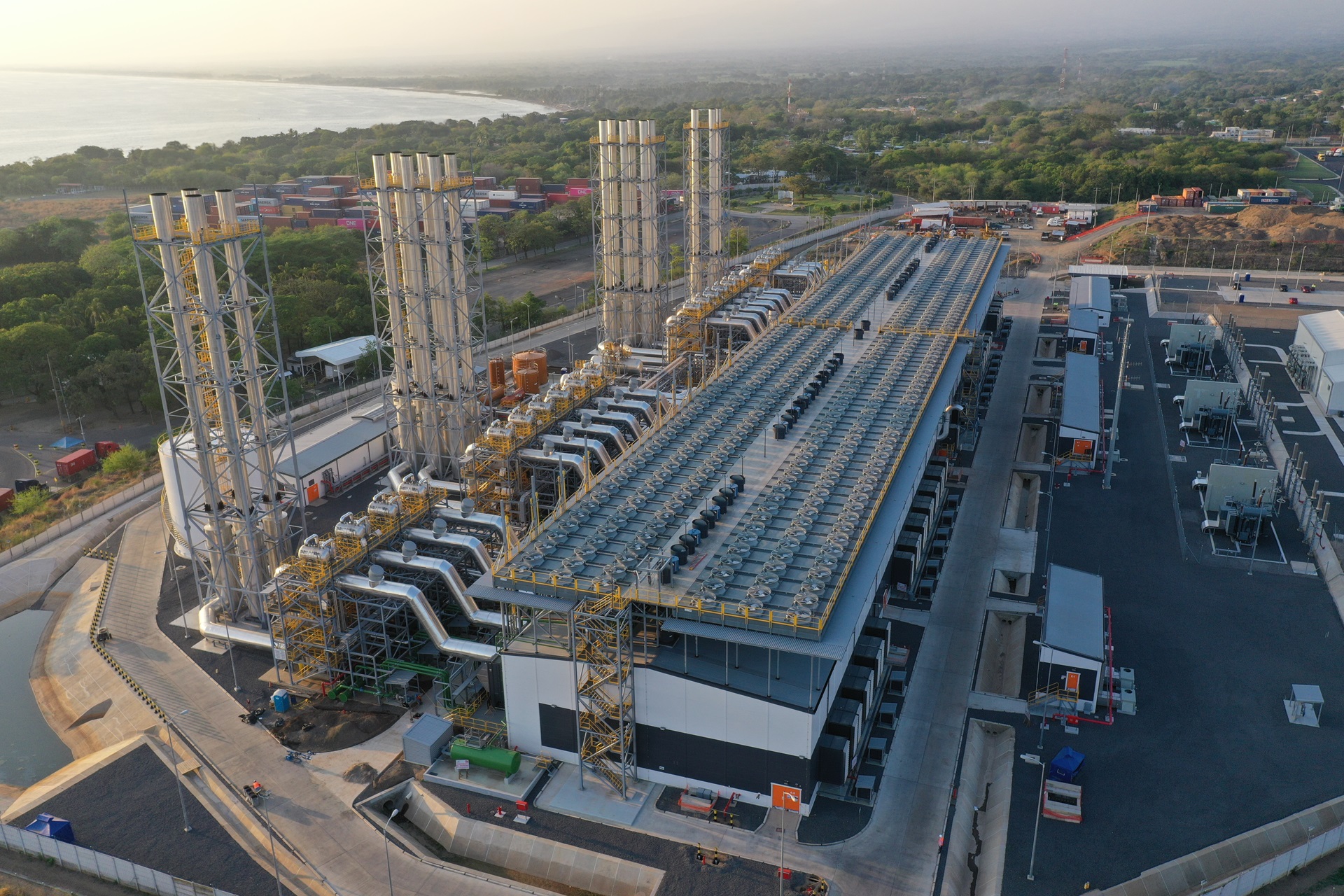


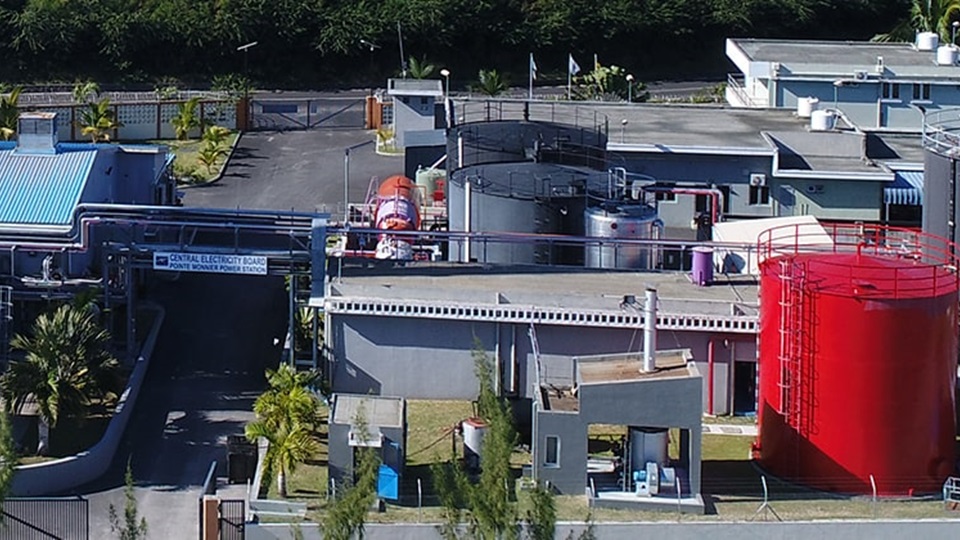

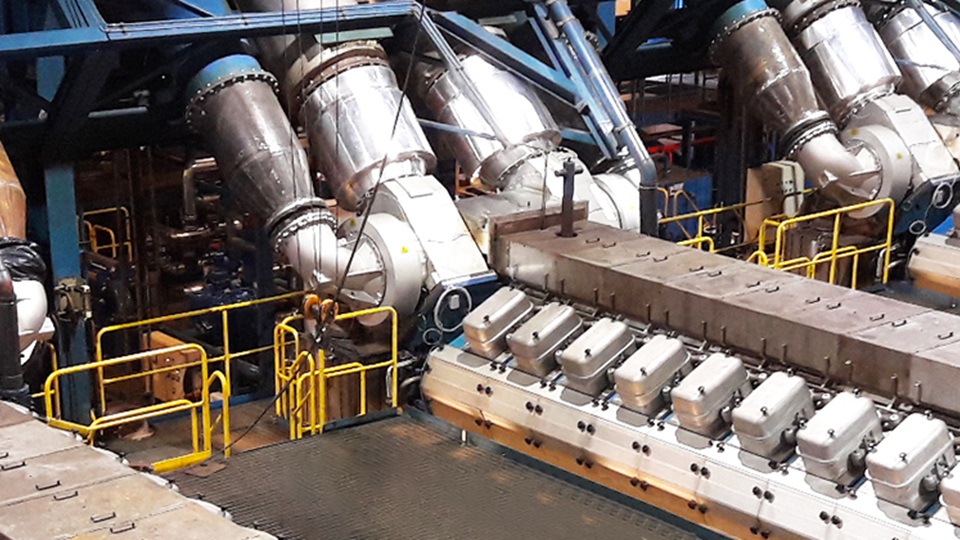
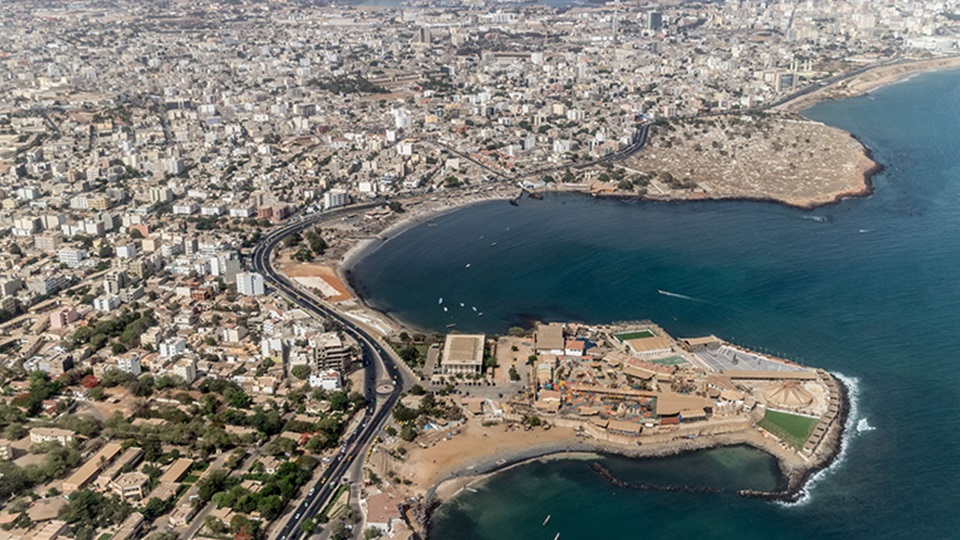
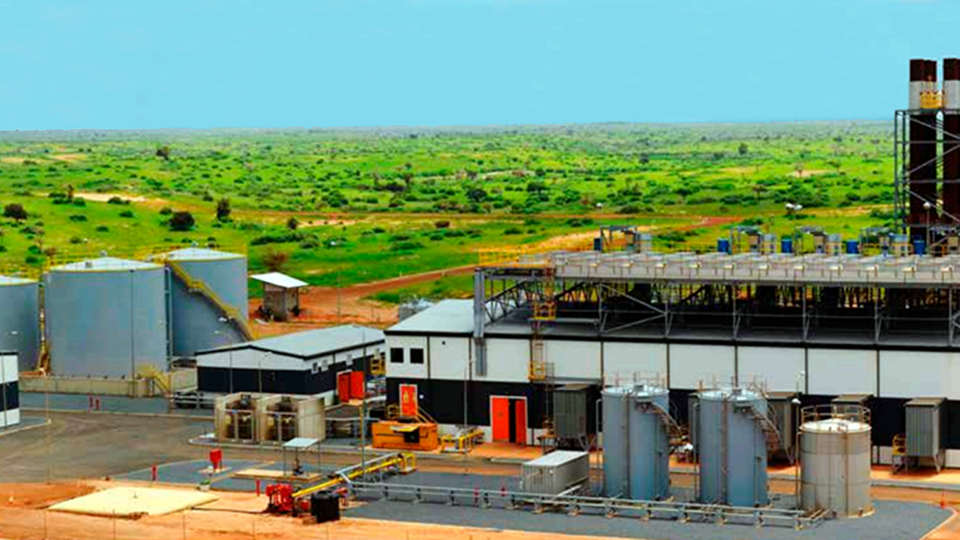
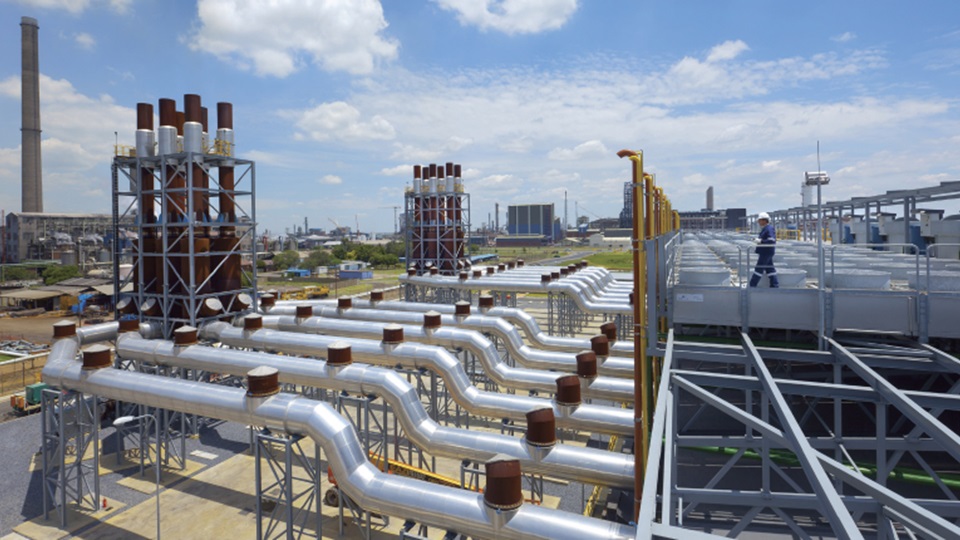

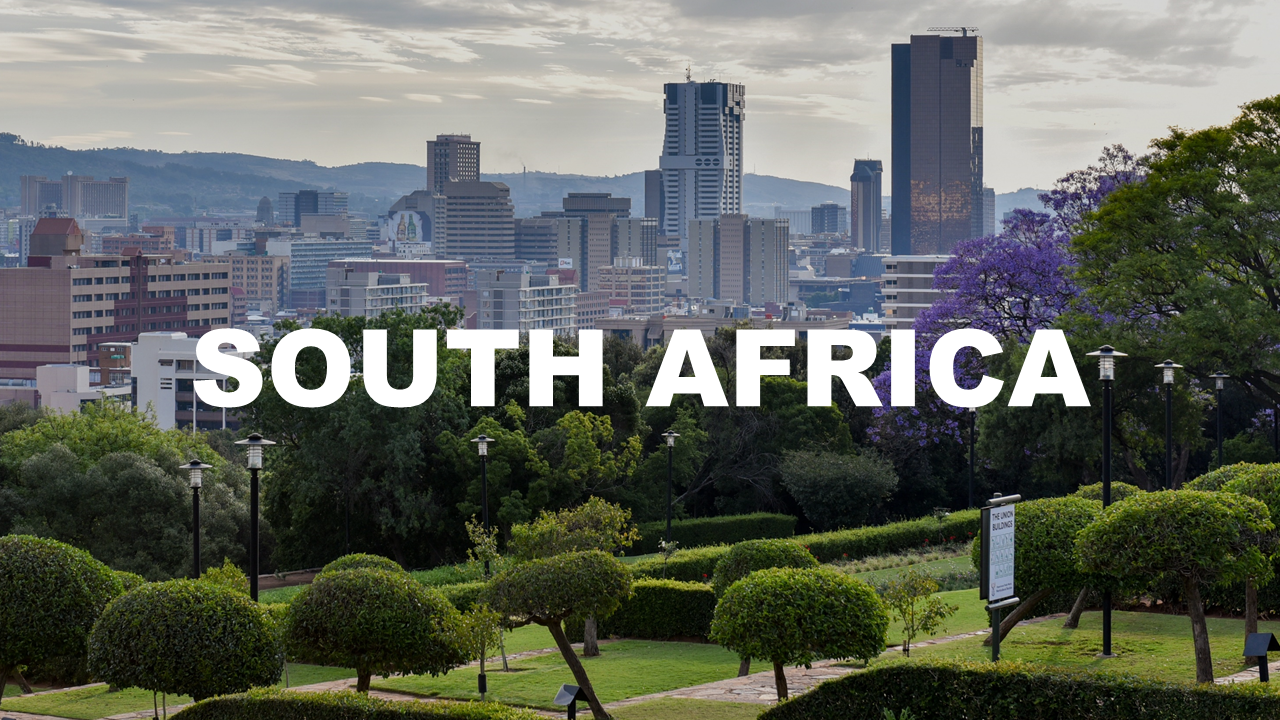
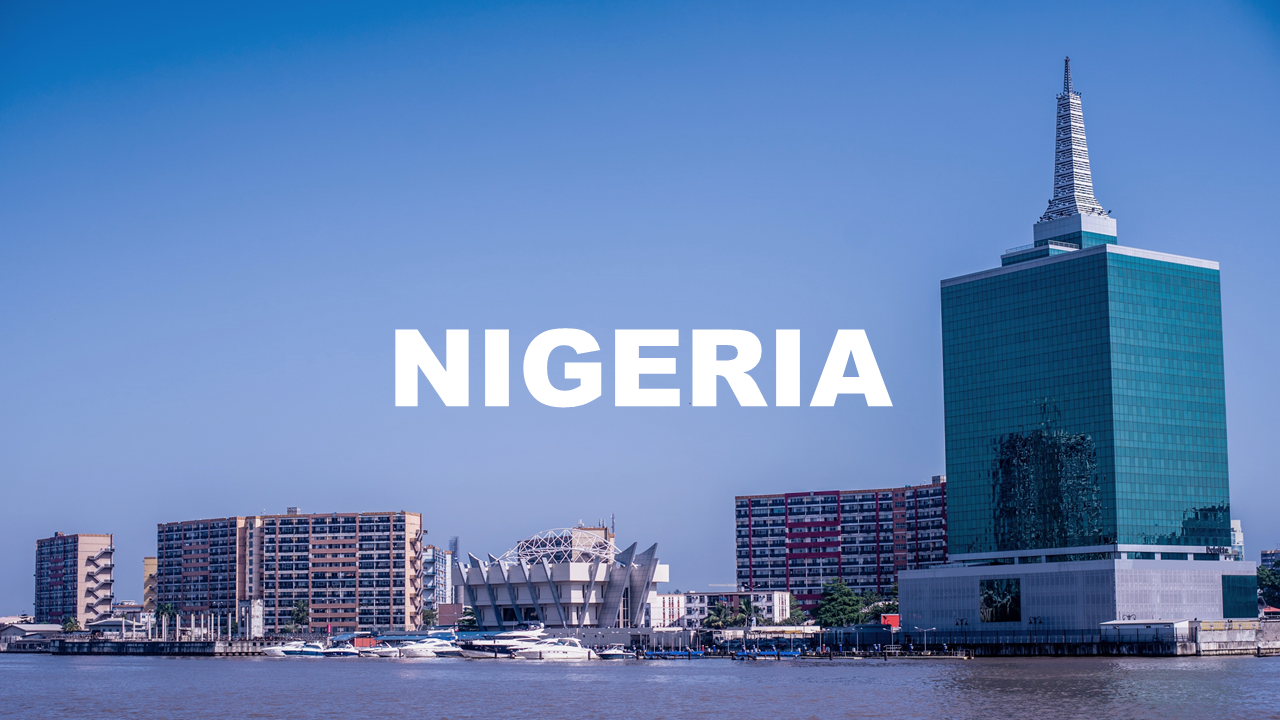
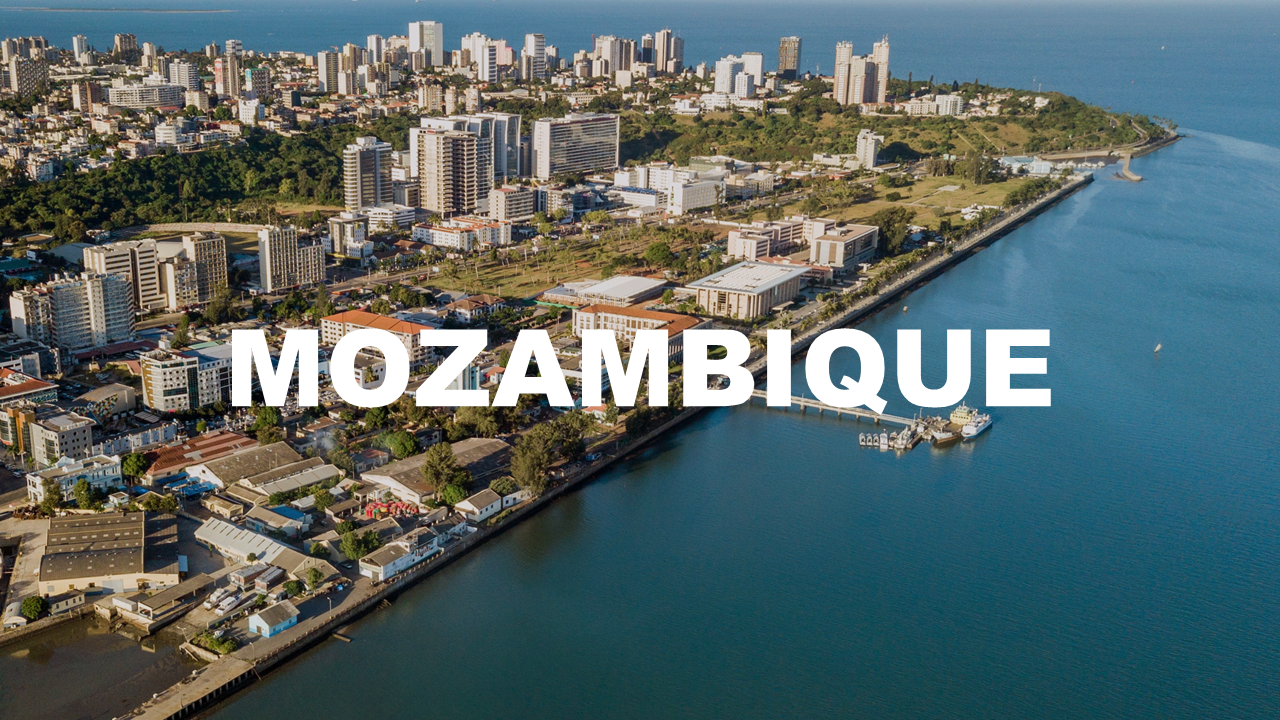


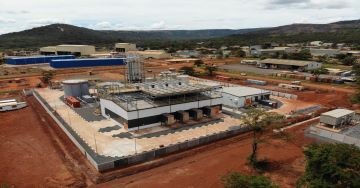
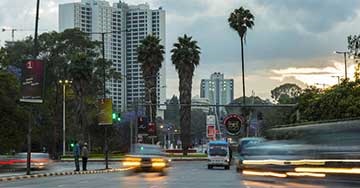


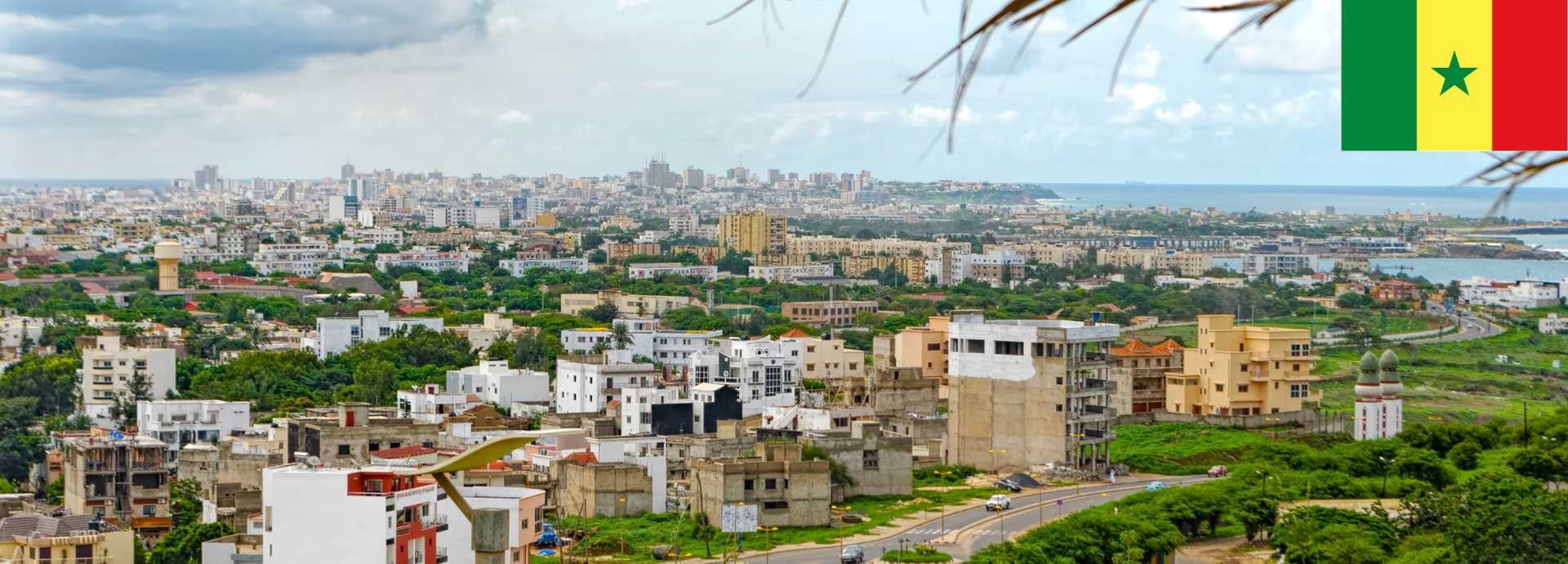

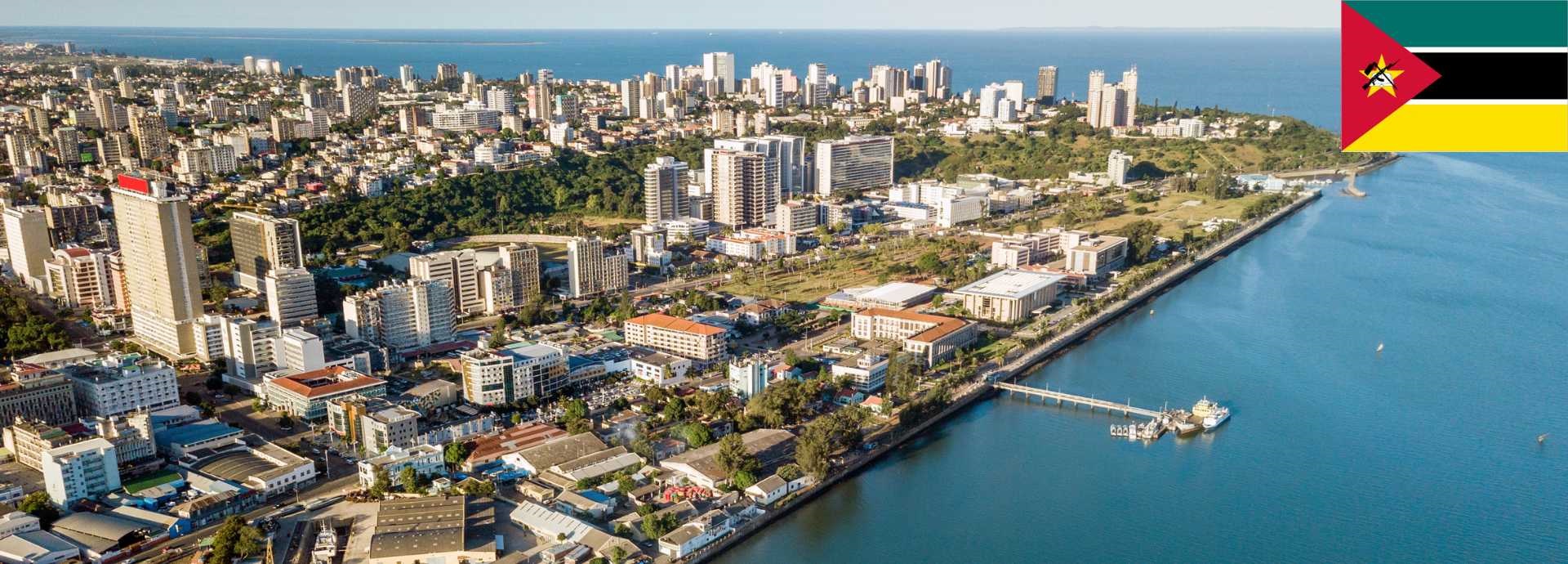
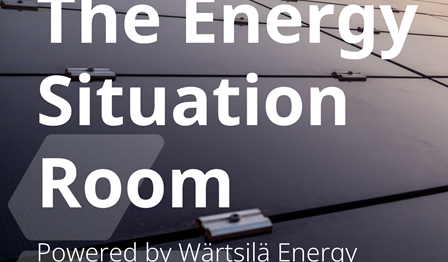
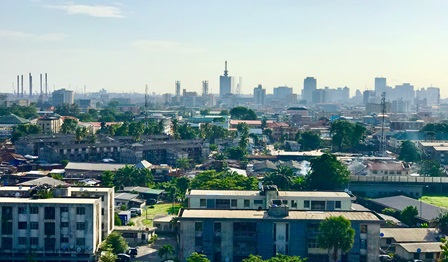


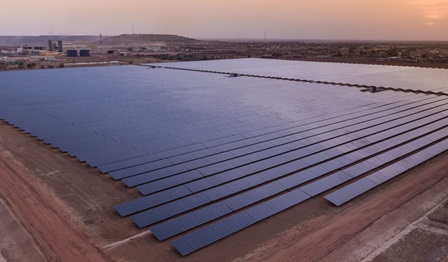


.tmb-448x262.png?Culture=en&sfvrsn=7d8ce645_2)